
Some community residents are worried about the work of dredging the Nosara River that runs through the area, because, in addition to dredging the riverbed, the machinery operating at the site has also cut trees and brush along the edge of the banks.
Ashley White, who lives near the river, affirmed that she would prefer that her house is flooded once a year than to damage the environment.
“I prefer that my house is flooded once a year instead of destroying the environment. It is very sad to me. The damage is done. I wish they had explained to people before what was going to be done in order to have more information,” White said.
For his part, Carlos Villalobos, who lives in Santa Marta in an area near the river and served as president of the local Red Cross for 16 years, acknowledged that the dike is necessary. However, he believes it has not been done in an environmentally sustainable way.
“I think the dike is necessary but it hasn’t been done in Nosara’s style, that is to say sustainable environmentally, done in the best way,” Villalobos said.
However, both the Nosara Integral Development Association (ADIN) and the National Service of Groundwater, Irrigation and Drainage (SENARA- Servicio Nacional de Aguas Subterraneas, Riego y Avenamiento) acknowledge the neighbors’ concern but at the same time qualify it as circumstantial because there will be changes in the environment and landscape surrounding the tributary while the dredging work is done.
Pablo Zamora Morales, SENARA engineer in charge of overseeing the progress of the dredging, explained that the project of creating the dike along one bank of the river started with building up the land, which included removing surrounding trees, brush and branches.
“We have to completely clear the area where the dam will be, and when it is a project of this magnitude, it is normal for people to be alarmed by the movement of land and machinery,” said Zamora Morales.
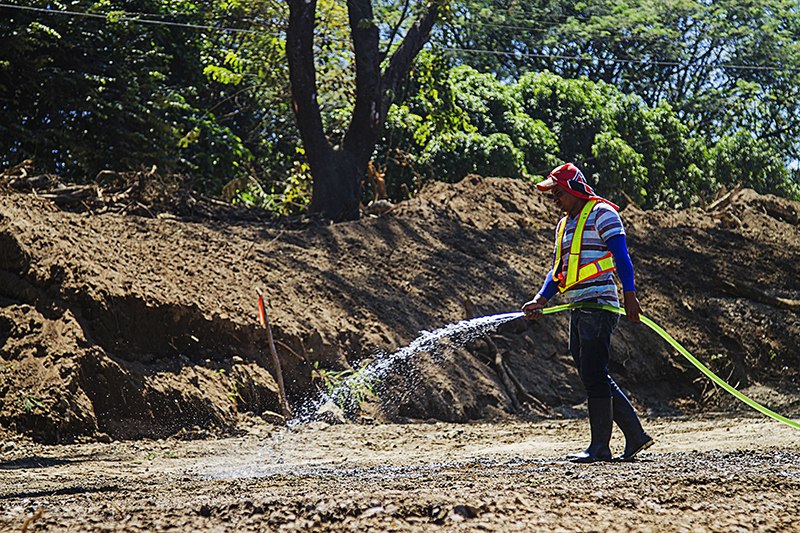
In addition, Zamora said ADIN has a project in conjunction with the Costa Rican Electrical Institute (ICE- Instituto Costarricense de Electricidad) to reforest the areas most affected by the work.
Marco Avila, president of ADIN, reported that the reforestation initiative involves creating a biological corridor with approximately 4,000 native trees in the area, including cortes (golden trumpet trees), malinche, mangos and others.
Avila reported that for this tree planting project, they will communicate with Costas Verdes, a group known in the area for reforesting Guiones Beach with native trees.
According to Avila, reforestation will mid-year and a perimeter of about six or seven meters above the dam will be used as a space for tourism, where there will be green areas and seating for visitors to explore the riverside under the shade of the trees.
For his part, Zamora commented that residents shouldn’t worry about the work of the machinery since the objective of the work is to prevent flooding and will be for the welfare of the community. In addition, he explained that the scenery and the environment will recover gradually.
“More than 200 people will benefit (directly) from the implementation of the dredging and the dike, and within two years the fauna and flora will grow back,” he assured.
The final stage of dredging the river began in November 2014, after the work was awarded to the construction company JCB, winner of the bid for the amount of ₵1,400,000,000 ($2,641,500), which is financed by the National Emergency Commission (CNE-Comision Nacional de Emergencias) and is supervised by SENARA. The work is expected to be completed this year in early March.
For now, JCB needs to dredge about 2,400 meters (about 7,875 feet) along the riverbed, which includes the construction of a dike of compacted clay and internal slopes coated in cement, which will go from part of the sector near the landing strip, passing behind Rancho Tico restaurant and then along the stretch of the Rasta bridge to Santa Marta.
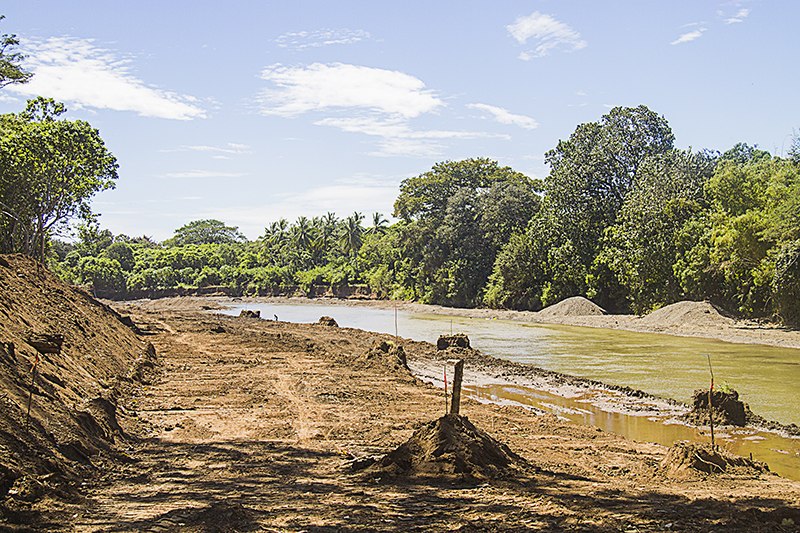


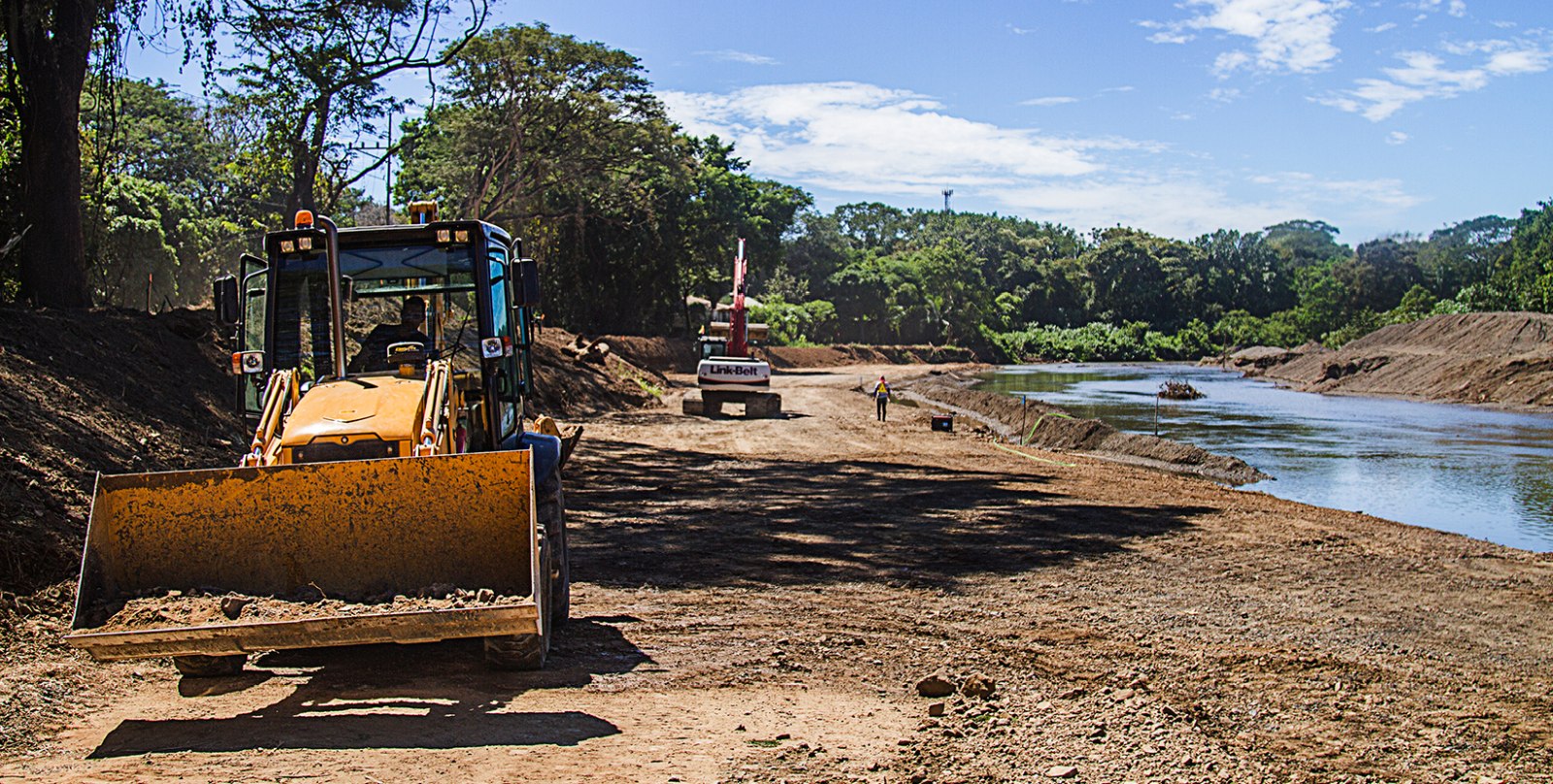
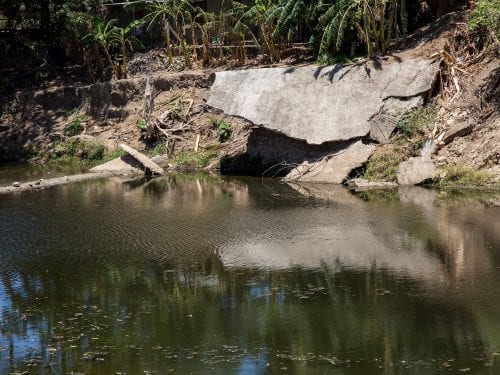

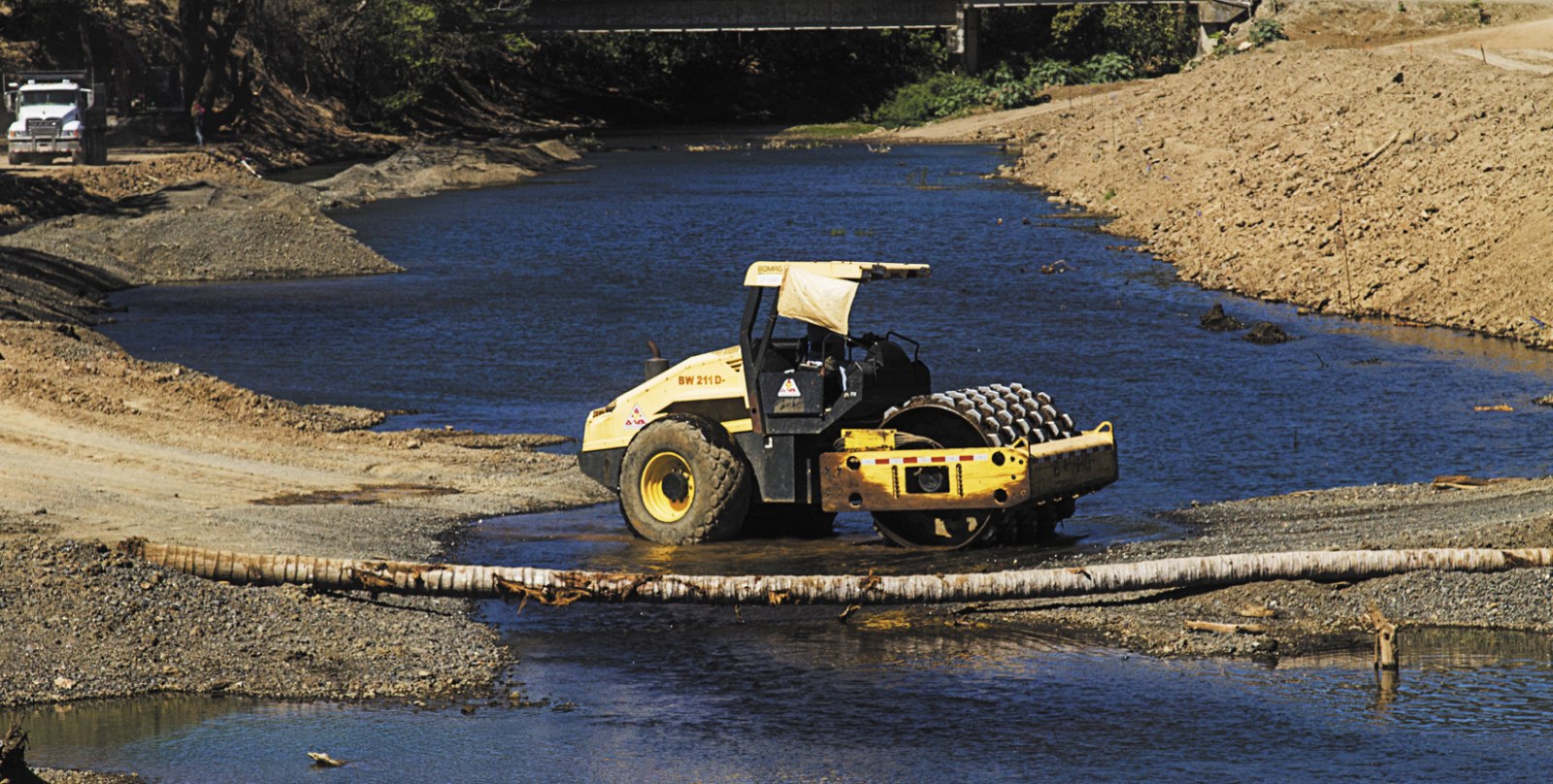

Comments